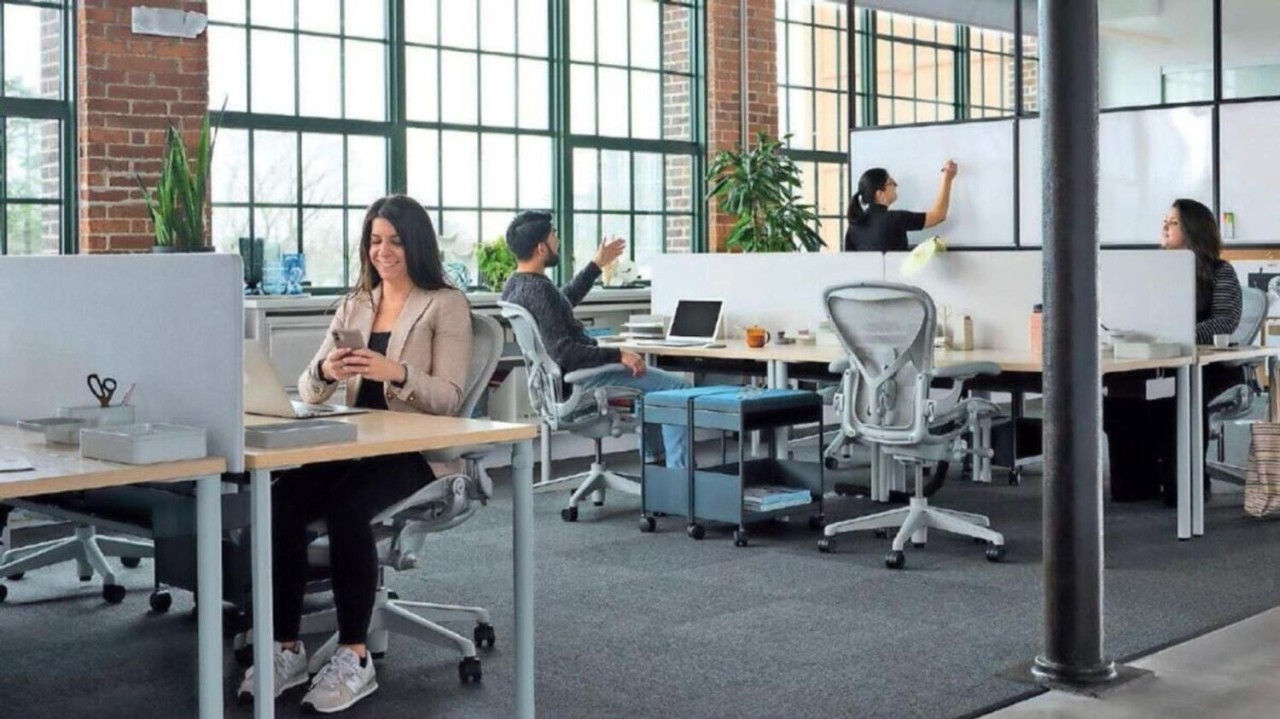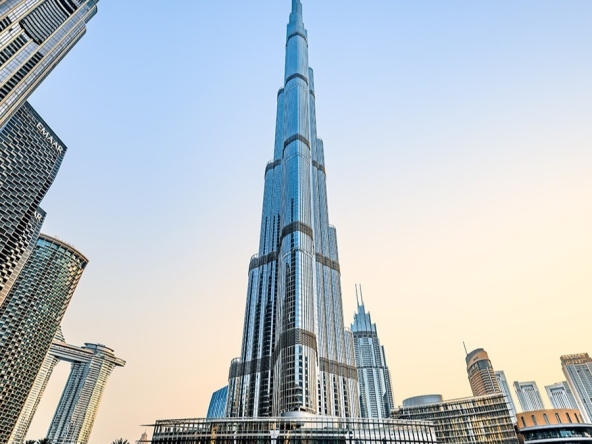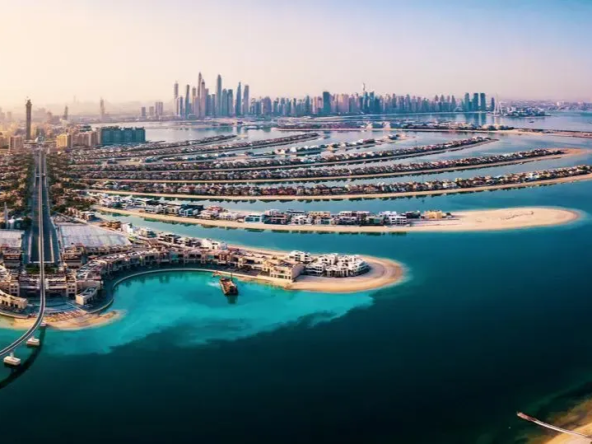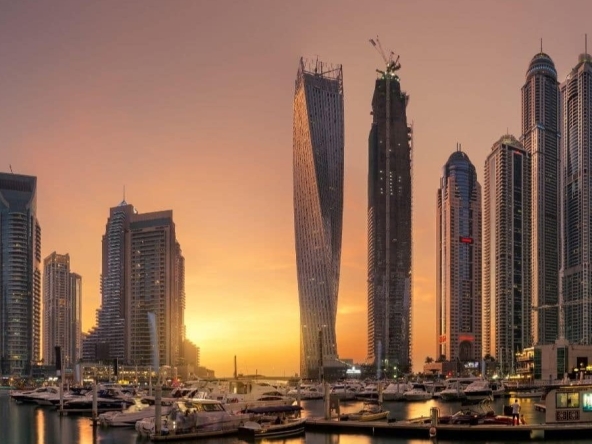Dubai’s office market will remain under-supplied till 2027-28 which will continue to impact rents in the city as new businesses flourish and foreign businesses relocate to the city.
Due to high demand, Dubai’s office market got a boost with several new launches to cater to the needs of new companies, especially in the Grade-A office space category. While the supply crunch in the office market continues to impact rents and occupancy levels, developers attuned to market conditions are finally initiating new office developments to address this shortage. However, it would still take another two to four years until this supply is handed over and the likelihood of them being pre-let remains high. This indicates that the supply shortage is likely to persist until 2027-2028 when a substantial portion of the announced inventory is expected to be completed
The UAE, and Dubai in particular, is increasingly becoming a focus market for many international firms as they set to invest more into their operations and workforce. Emerging as an ideal location for people across workforce levels, the city’s appeal is driven by factors such as safety, zero personal tax, a strategic geographic position for business and personal travel, robust infrastructure, and a positive environment. According to real estate consultancy Asteco, the Dubai office rental market continued to thrive, particularly for Grade A space, driven by robust demand and limited supply.
“The upward pressure on rents is expected to persist until new supply enters the market or business conditions change,” it said.
New supply
According to Asteco’s data, 0.37 million square feet of office space was added in the second quarter of 2024. It is expected that another 0.37 million sqft of space will be completed in the second half of this year.
Cushman & Wakefield Core data showed that the second quarter of 2024 saw around 260,000 sqft of gross leasable area was released to the market in Dubai CommerCity. Over 1.63 million sqft is expected to be handed over in the remainder of 2024, mainly from Expo City Dubai, Innovation Hub in Dubai Internet City, office component in Wasl Tower, and Millennium Plaza Downtown (renovated Crowne Plaza), both on Sheikh Zayed Road. So far this year, a few major and much-needed announcements have been made, including the Immersive Tower in Dubai International Financial Centre (DIFC), offices in D3 Phase 2, and the mixed-use development by Aldar on Sheikh Zayed Road. In addition to these, multiple developments are under discussion in DIFC.
The majority of development activity is concentrated in central areas such as DIFC and Sheikh Zayed Road, followed by Jumeirah Lake Towers (JLT), Expo City, and the Tecom-free zones.
“It is interesting to note that nearly 78 percent of the upcoming office stock is located within free zones, while just 22 percent is anticipated to be located in on-shore areas, making the supply crunch in on-shore areas even more acute,” Cushman & Wakefield Core said in its second-quarter report. To cash in on rising demand, Aldar recently announced their plan to develop a Grade A office tower on Sheikh Zayed Road, marking the Abu Dhabi-based developer’s entry into Dubai’s commercial market.
Occupancy level
Robert Thomas said city-wide office occupancy has hit a record 90 percent, with Grade A offices at 93 percent and expected to increase further.
“Business Bay, Sheikh Zayed Road, DIFC, and JLT have seen the sharpest rise, and Dubai Comer City, with its large floor plates and modern build quality, is also experiencing high demand. The central business districts, including Downtown Dubai, DIFC, and Sheikh Zayed Road, are above 95 percent occupancy, intensifying rent pressures and supply shortage,” he added.
Charlie Sargent, associate director and head of global occupier services at MRICS, said global corporates often face longer lead times in deciding due to the nature of organizational structure and detailed due diligence requirements. On average, he said decision-making for a project takes 6 to 9 months, from initial strategy to lease acquisition. “This extended timeline is imbalanced with the speed required to make decisions in the current supply-starved market.
Given the scarcity of available space and the robust demand in the market, high-quality vacant office units are swiftly absorbed, rarely remaining unoccupied for extended periods. Corporates often lose out on space to regional firms that can react more quickly on acquisitions or to other global corporates that are more advanced in their strategy,” said Sargent.
Rents rise by 19%
In terms of average rentals, Asteco revealed that Bur Dubai, Jumeirah Lake Tower, Barsha Heights (Tecom), Business Bay, Sheikh Zayed Road, and DIFC were the most expensive areas.
Activity levels have surged across various tenant sectors with free zones particularly drawing significant demand as a growing number of new and existing businesses seek to establish or expand their presence in the city. The market remains landlord-friendly, and this dynamic is putting additional pressure on companies, particularly global occupiers, who may struggle to meet the tight decision-making deadlines that the current market dictates. While most districts have seen strong rental growth, Business Bay has experienced the sharpest increase of over 64 percent due to intense competition from potential tenants for available spaces, which is also reflected in the highest level of inquiries for the district.
The consultancy added that Business Bay again leads the race when looking at rental growth since the pandemic, jumping 160 percent followed by JLT (153 percent) and Sheikh Zayed Road (121 percent), primarily due to a significantly lower rental base and occupancy rate.





